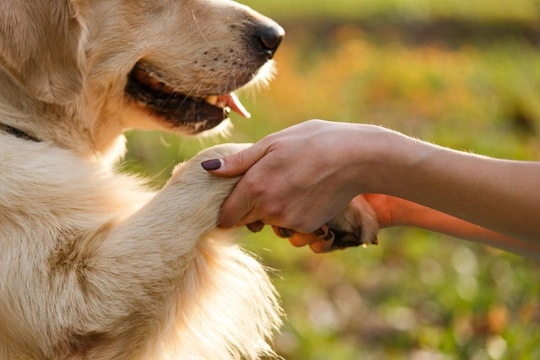
How canine and human hearts differ and what they share
The heart is an essential organ in both humans and dogs, performing the vital job of pumping blood throughout the body to supply oxygen and nutrients. While the canine heart shares many basic features with the human heart, there are also distinct differences and fascinating similarities that reflect each species' anatomy and physiology.
Understanding how your dog’s heart works compared to the human heart can deepen your knowledge of canine biology, help you spot potential problems early, and appreciate the unique adaptations of this remarkable organ in dogs.
1. Core Functions of the Heart
The primary role of the heart is to pump blood through two major circuits: the pulmonary circulation, which sends blood to the lungs for oxygenation, and the systemic circulation, which delivers oxygen-rich blood to the rest of the body.
In both dogs and humans, the heart intakes deoxygenated blood through veins into the right atrium, moves it to the right ventricle, then pumps it to the lungs. Oxygenated blood returns to the left atrium and left ventricle, which then pumps it out through the aorta to the body.
2. Heart Size and Shape Differences
The size of a dog’s heart varies widely, largely depending on the dog’s size and breed. Large breeds like the Siberian husky may have hearts similar in size or even larger than a human heart, while small breeds such as the Yorkshire terrier have comparatively tiny hearts.
Despite this size variation, the overall shape of the canine heart closely resembles the human heart’s typical shape, with the characteristic four-chambered structure in both species.
3. Four Chambers in Both Species
Both human and canine hearts have four chambers arranged similarly: two atria at the top and two ventricles below, split between the left and right sides. This layout is a fundamental feature shared across mammalian hearts.
The large veins of the body (vena cava) drain deoxygenated blood into the right atrium, while pulmonary veins carry oxygenated blood from the lungs to the left atrium. Blood then moves through the ventricles before being pumped out.
4. Variations in Pulmonary Veins
The number of pulmonary veins returning oxygenated blood to the heart can vary. Humans typically have four or five pulmonary veins, while dogs have a wider range, generally having between four and eight pulmonary veins. This variability is normal within the species and among individual dogs.
5. Vena Cava Orientation and Postural Differences
The vena cava, which returns deoxygenated blood to the right atrium, differs in orientation in humans and dogs. In humans, it is positioned more vertically, reflecting our upright posture. In dogs, it lies more horizontally, consistent with their quadrupedal posture.
6. Heart Rate Differences
Resting heart rates between dogs and humans show significant differences. Humans usually have a resting heart rate between 60 and 100 beats per minute (BPM). In contrast, dogs’ resting heart rates vary widely between 60 and 160 BPM, largely depending on their size.
Smaller dogs tend to have faster heart rates, while larger breeds have slower rates. Additionally, puppies generally have faster heart rates compared to adult dogs. This is consistent with the broader principle in mammals where smaller animals have quicker heartbeats.
7. Common Heart Diseases in Dogs and Humans
The types of common heart diseases also differ between the species. Humans most often suffer from coronary artery disease caused by arterial blockages. Dogs, on the other hand, are more commonly affected by mitral valve disease and dilated cardiomyopathy, which involve issues with the heart valves and muscle rather than arteries.
Promoting Responsible Care and Awareness
Understanding these similarities and differences helps promote responsible pet ownership. Knowing the signs of heart health issues and maintaining regular veterinary check-ups can support your dog's long, healthy life with you.
For those seeking to find a Yorkshire terrier puppy or a Siberian husky, choosing reputable breeders who prioritise heart health is vital to minimise inherited cardiac conditions.
Summary
The canine and human hearts are marvels of nature with shared design and function, yet tailored to each species' lifestyle and posture. Their four-chambered layout and role in circulating oxygenated blood remain consistent. Differences in heart rate, pulmonary vein counts, and common diseases reveal adaptations from evolutionary pressures and lifestyles.
By learning about these important cardiac distinctions, pet owners can better understand their dogs and contribute to early detection and management of heart conditions, ensuring our canine companions enjoy the best quality of life.



